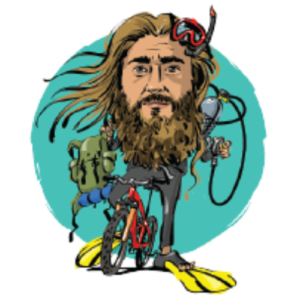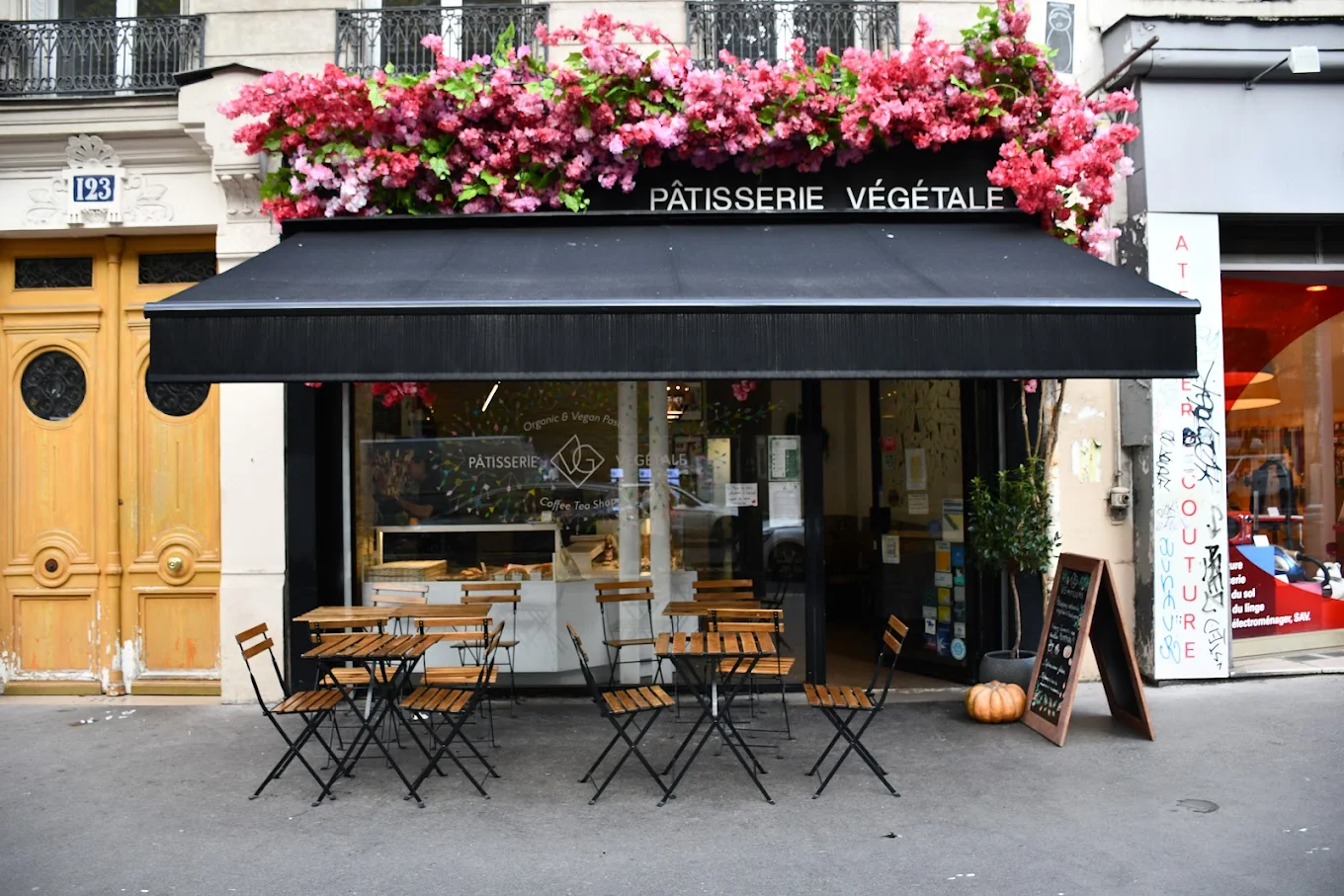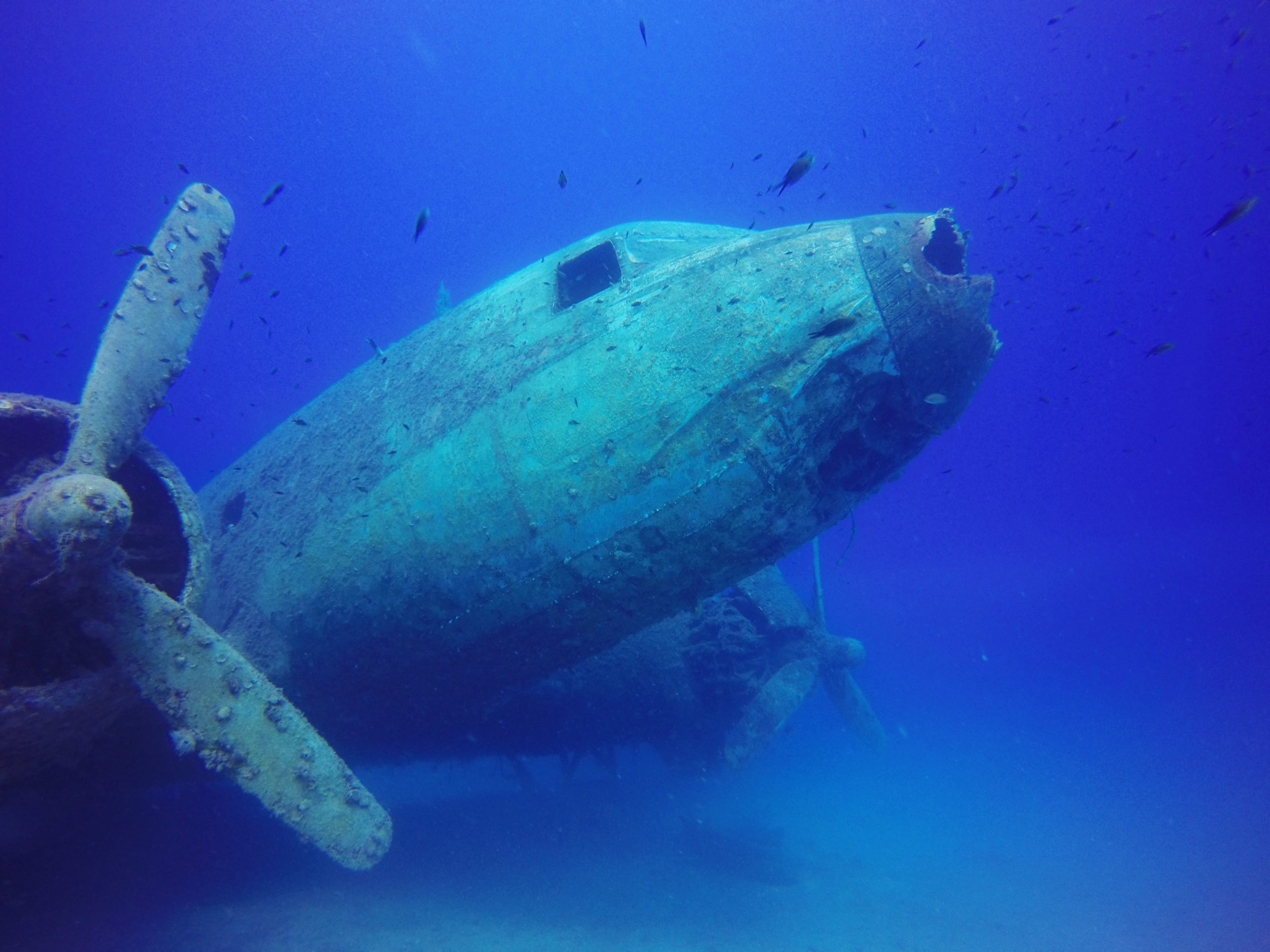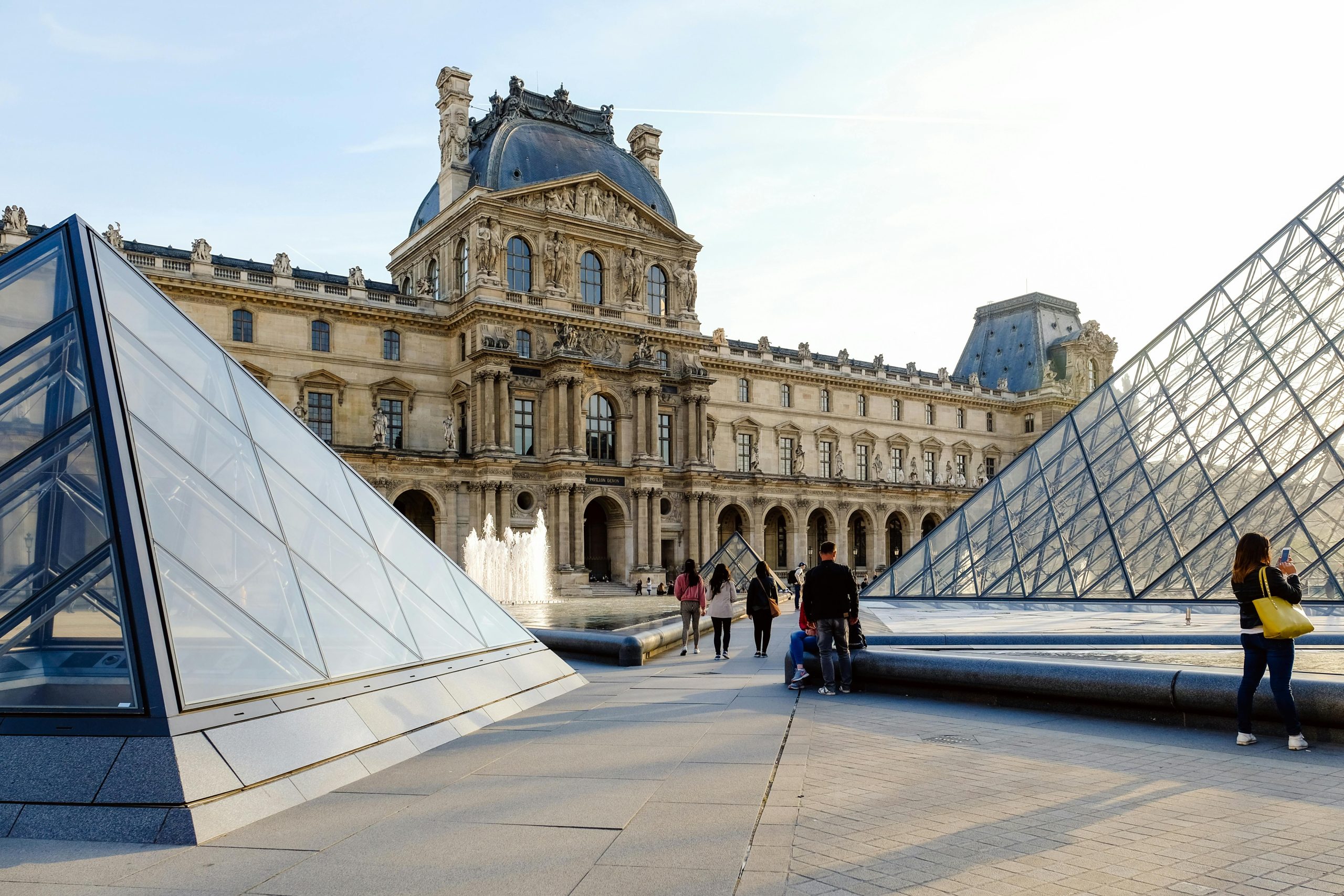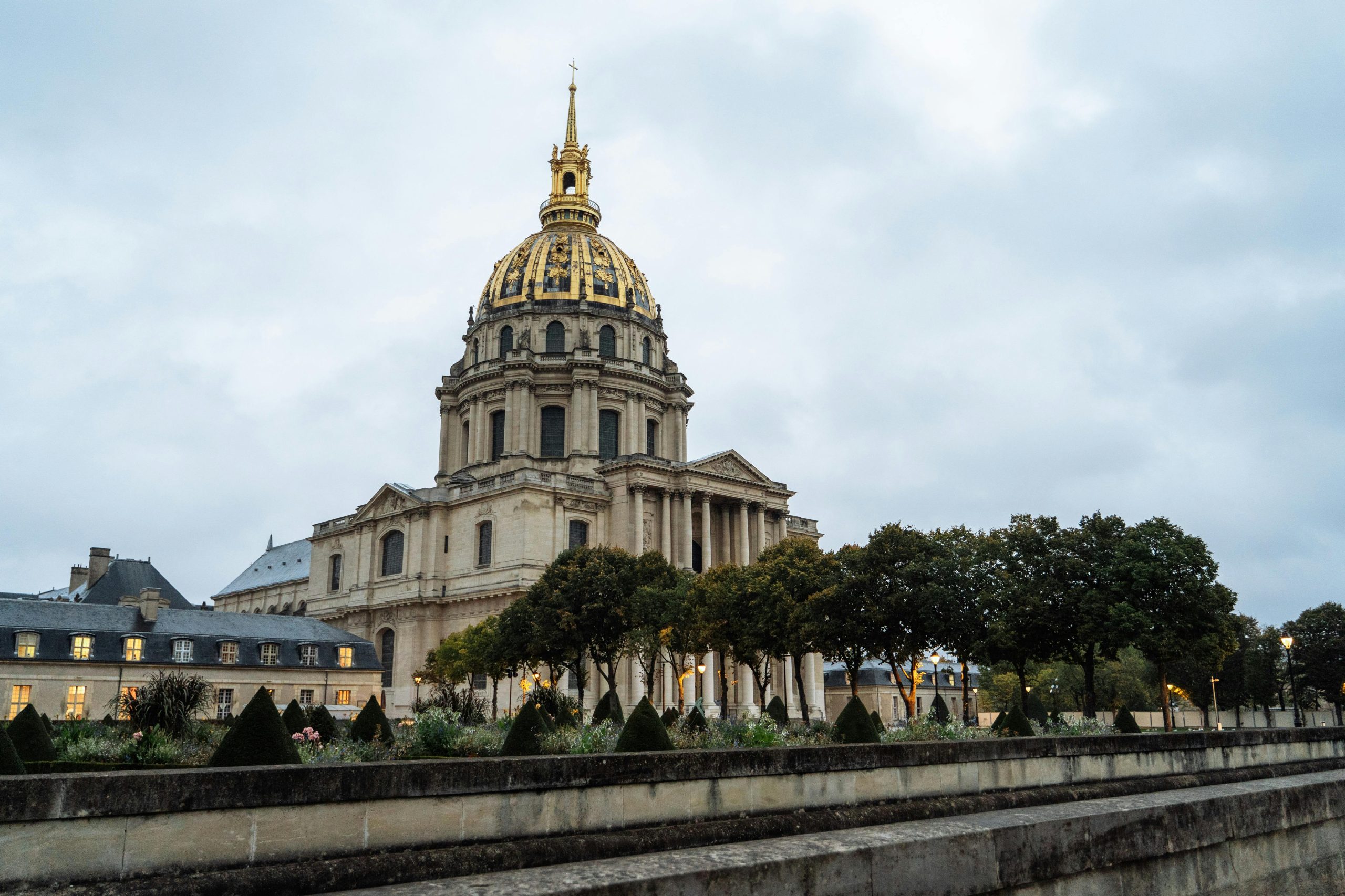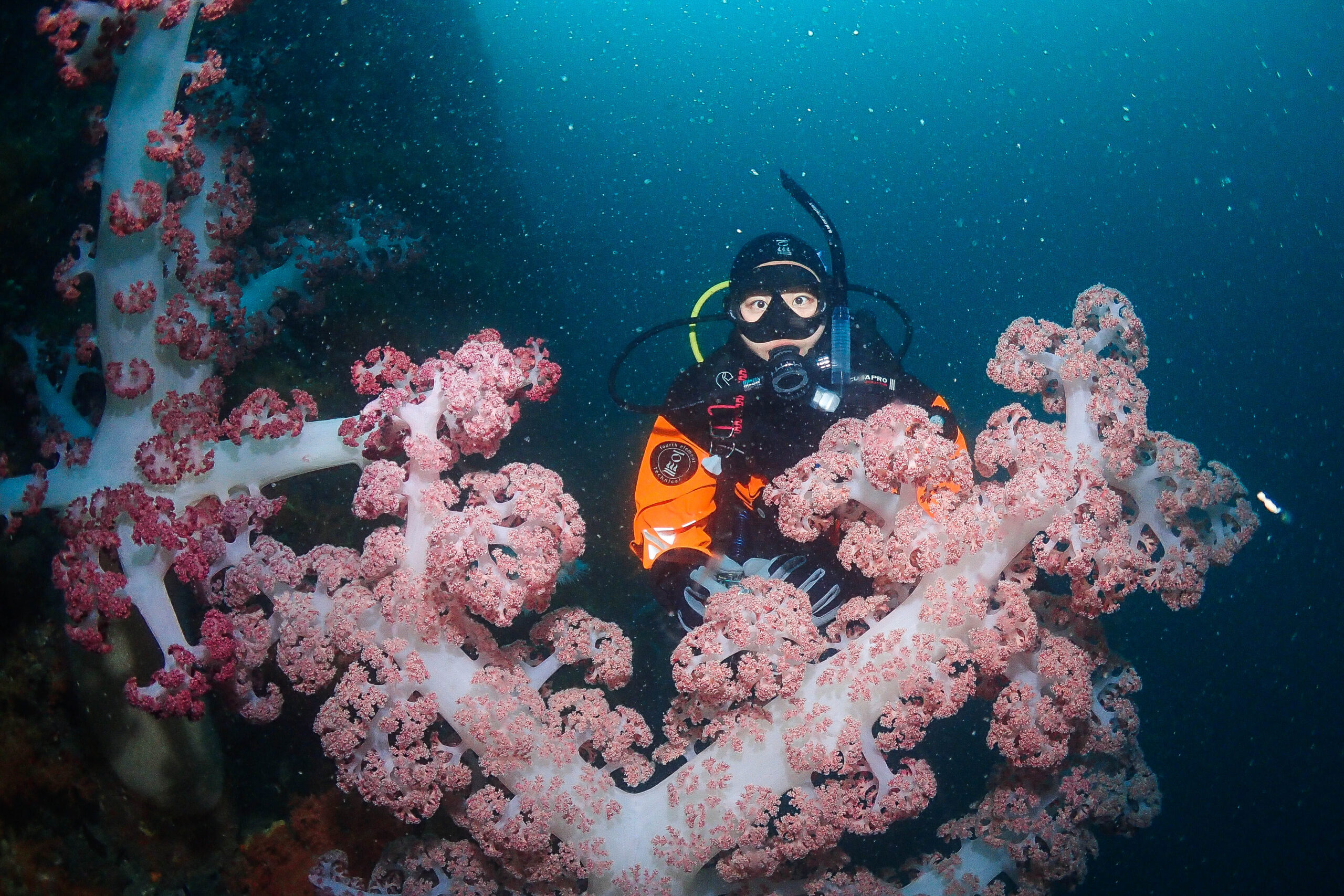Berlin is a city that carries its history on its streets. Every corner, every wall every cobblestone tells a story. Some are stories of resistance, some of separation and many of hope. Walking through Berlin today, it is hard to imagine that years ago this city was literally divided in two. People were separated by a 155-kilometer concrete wall and confined to borders.

The Wall that Divides Not Just a City but a World
The Berlin Wall was not just a physical barrier but a symbol of the Cold War. It was the sharp line between the socialist regime and the capitalist regime. It was built overnight in August 1961. The purpose of the wall was to prevent the escape from East Germany to West Germany. . Families were suddenly torn apart, friends found themselves on the other side and were never able to reach each other again.

Walking along the remains of the wall today, I tried to imagine what life was like back then. The East Side Gallery, one of the longest remnants of the Berlin Wall, is now covered with colorful murals. Each one tells a different story. Some represent pain and oppression, others freedom and unity. What was once a symbol of oppression is now an expression of art and hope.
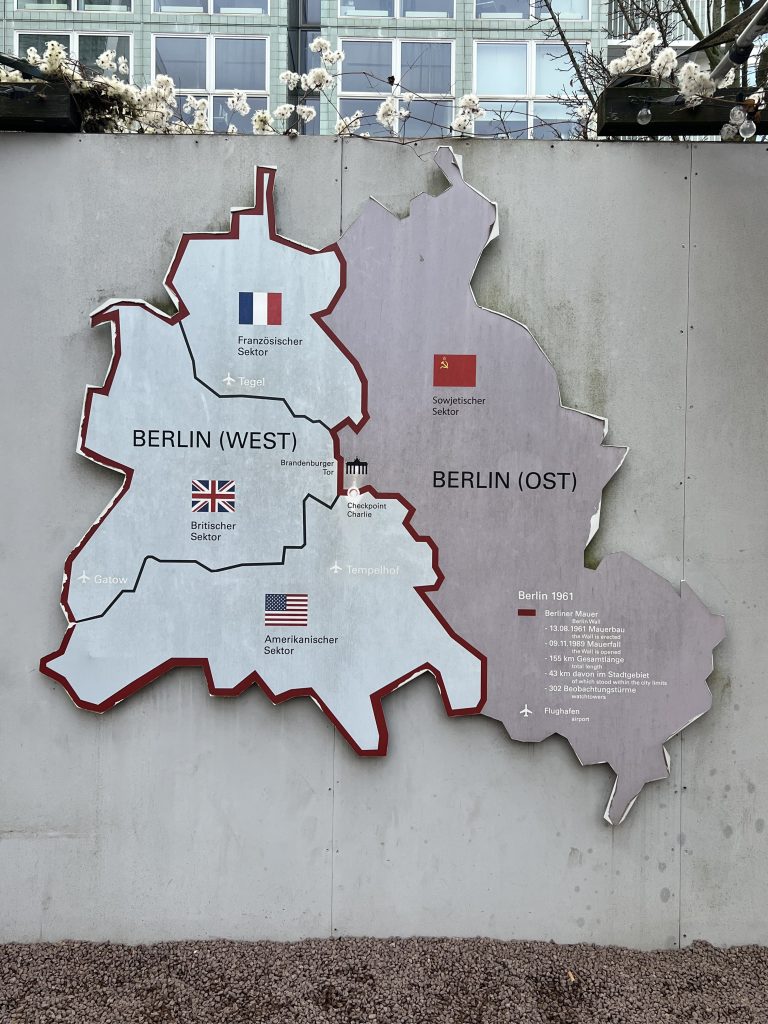

Checkpoint Charlie
If the Berlin Wall was the body of division, Checkpoint Charlie was its beating heart. It was the most famous border crossing point between East and West Berlin. American soldiers waited on one side and Soviet guards on the other. The escape stories that took place here were sometimes successful and sometimes ended in bullets.
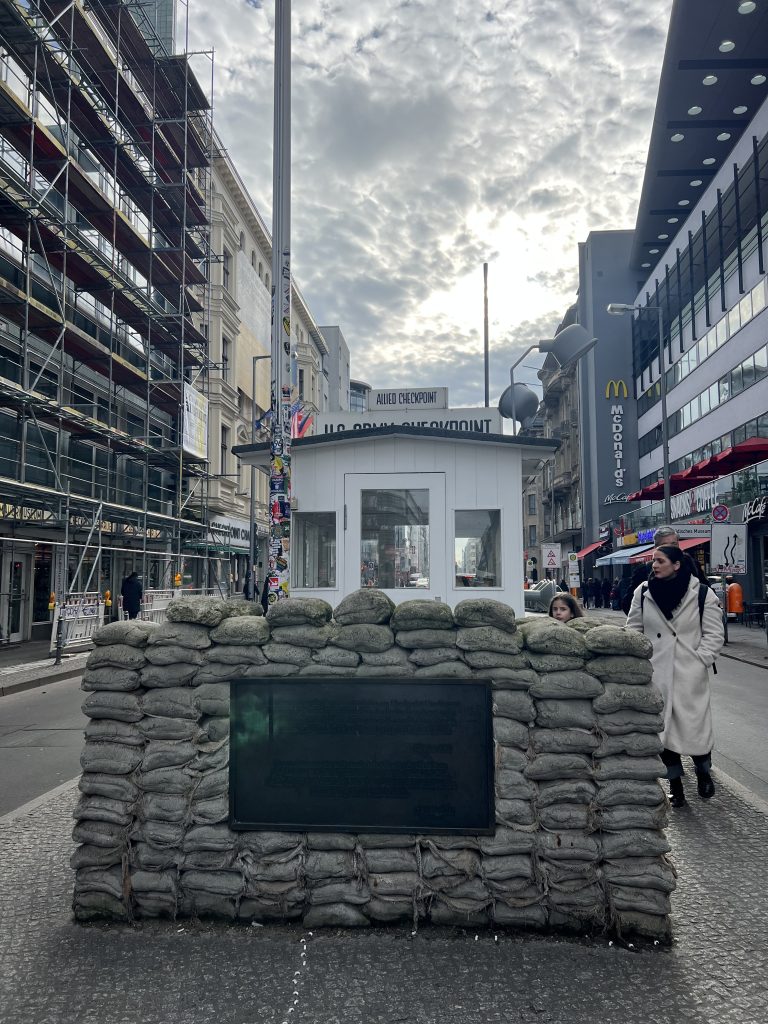
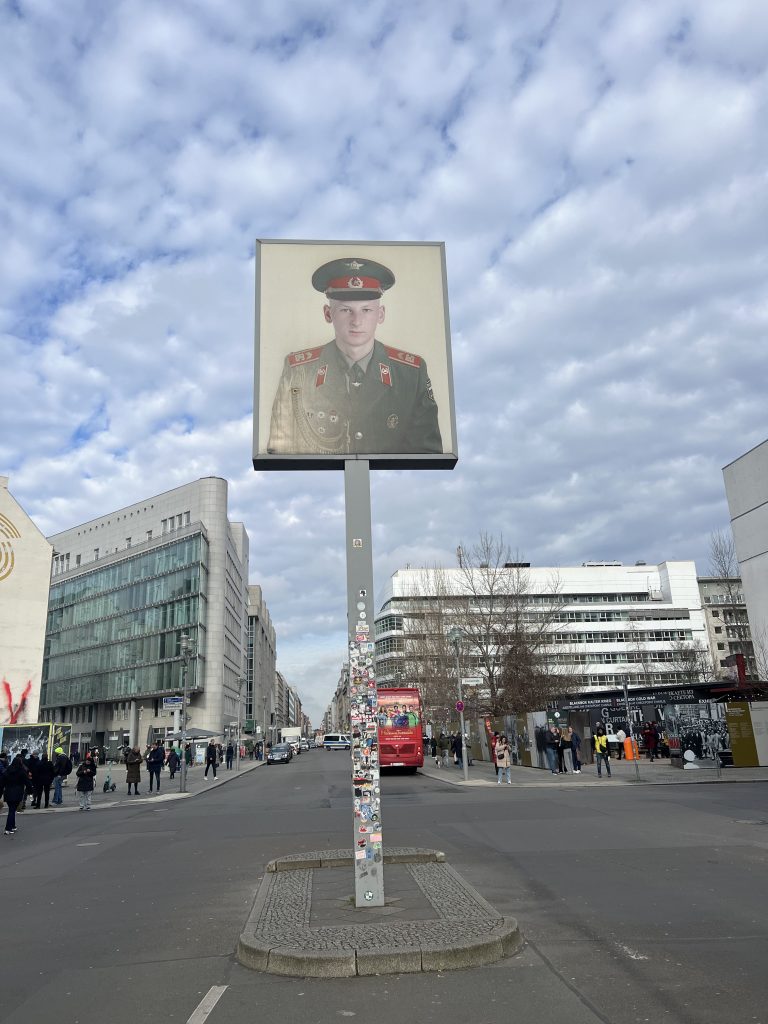
Today, looking at the replica of the old checkpoint, I saw tourists taking photos and even posing with actors dressed as American soldiers. A strange feeling… This was once a point of tension that could have led to a world war. When US and Soviet tanks faced each other here in 1961, one wrong move could have turned the Cold War into a hot war.
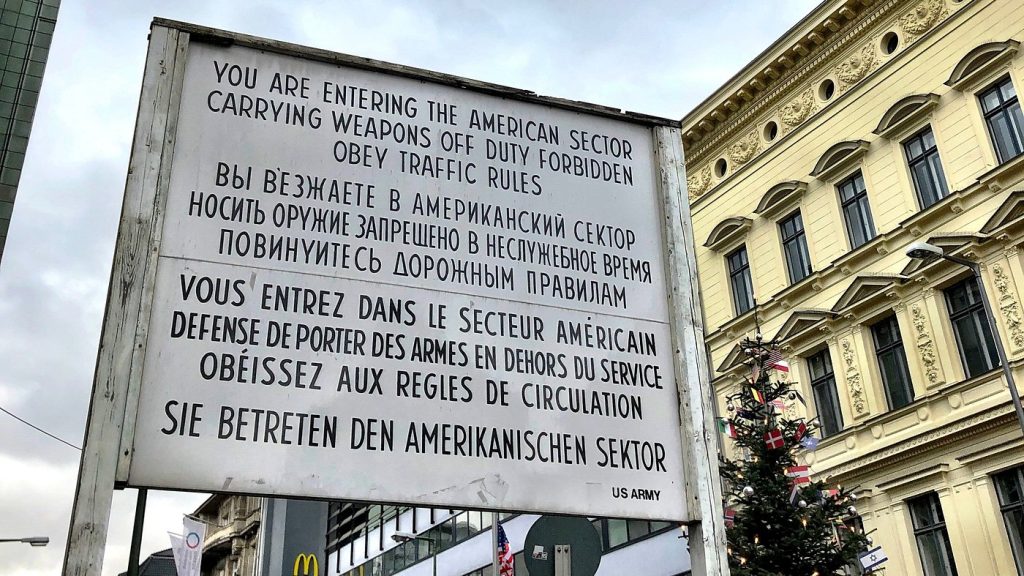
The Life of Others (Das Leben der Anderen) is an excellent choice for those who want to better understand that period. It is an impressive depiction of life in East Germany, full of surveillance and fear. For those who want a lighter but meaningful movie, Goodbye Lenin! is ideal. It is a funny and dramatic portrayal of the changes in East Berliners after the fall of the Wall.

Life Behind the Wall
Walking through the streets of Berlin, I couldn’t help but think about what it was like to live in East Berlin. While West Berlin was thriving with its booming economy and pop culture influences, East Berlin was completely under control. The Stasi, the secret police organization, monitored people’s lives at every moment. Your neighbor, even your own family, could turn you in.
Simple freedoms like choosing your profession, traveling, speaking openly were considered luxuries here. The stories of escape were mind-boggling… those who dug tunnels, hid in car trunks, used ropes to cross the border… Some succeeded, many did not.


A Night of Celebration and Chaos
November 9, 1989 – one of the most important nights in modern history. Thousands flocked to the wall when an East German official mistakenly announced that “travel restrictions were lifted immediately”. When border guards failed to stop the crowds, the barriers opened. Soon people were standing on the wall and smashing it with hammers. The Cold War had officially ended.


Today, most of the Berlin Wall is gone, but parts of it are still preserved in different parts of the city. Some parts are exhibited as monuments, while others are sold as souvenirs. But the real legacy of the wall lies not in the concrete, but in the stories told by the people who lived through this period and the lessons they left us.
Walking through Berlin, you cannot escape history. History is part of this city
Goodbye




